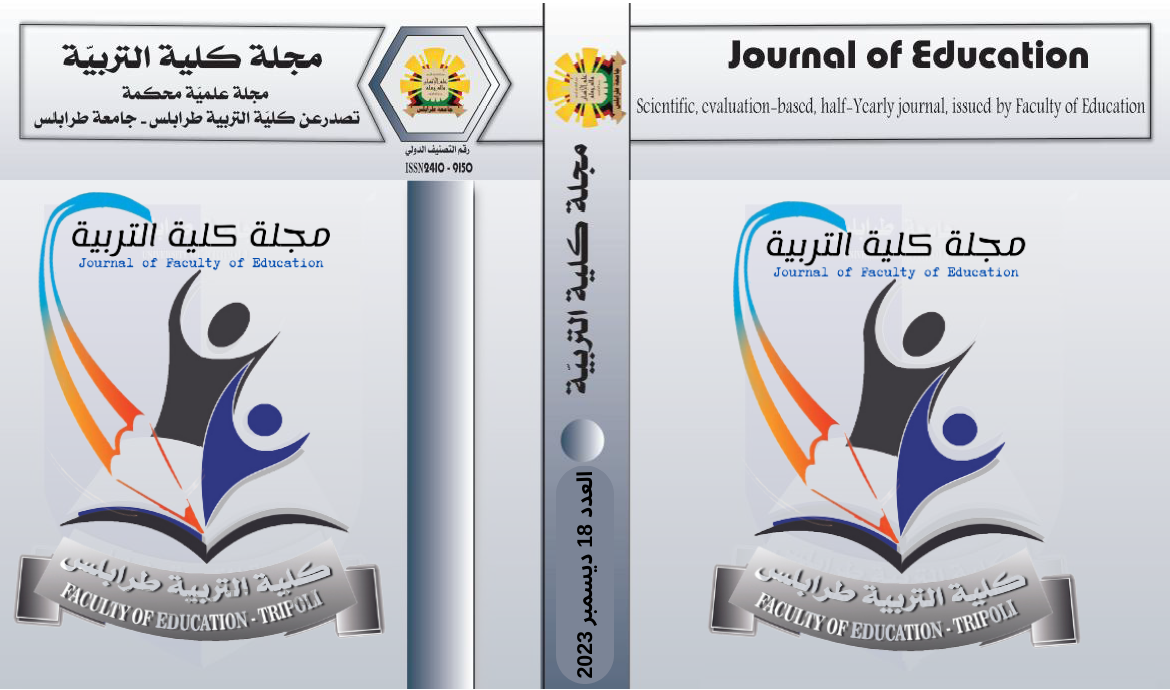Mycobiota of the White Seabream Diplodus sargus (Linnaeus, 1758) from Northwestern Libya
الكلمات المفتاحية:
Fungi، Diplodus sargus، Libyaالملخص
The mycobiota associated with apparently non-infected White Seabream Diplodus sargus from Tripoli waters was investigated. A total of 54 fish were examined macroscopically and microscopically using standard fungal identification keys. Analysis revealed the presence of 12 fungal genera, with Aspergillus and Saccharomyces spp. being the most commonly isolated, and detected in all specimens. Penicillium sp. exhibited a prevalence rate of 96.3%, while Fusarium sp. and Leptosphaeria sp. were identified to a lesser extent. Due to the absence of specific standard media for species identification, the collected fungi were grouped as "genre Spp." This research provides valuable insights into the mycobiota associated with White Seabream and highlights the need for further studies to enhance species-level identification and understand the potential ecological implications.
تمت دراسة الفطريات المرتبطة بسمكة القراقوز ( الدنيس الابيض ) Diplodus sargus الغير مصابة ظاهرياً والمجمعة من سوق باب البحر ميناء طرابلس البحري بميناء طرابلس. تم فحص 54 سمكة وبعد عملية العزل والفحص المجهري تم تعريف الفطريات باستخدام المفاتيح التصنيفية الخاصة بتعريف الفطريات. وتم عزل 12جنسا فطري منها Aspergillus sp و Saccharomyces spp لكونها أكثر الفطريات المعزولة وعزلت من جميع العينات . يليها فطر Penicillium sp والذي أظهر معدل انتشار يقدر ب 96.3% في حين أن فطر Fusarium sp و Leptosphaeria sp. تم تحديدها بشكل أقل. ونظراً لعدم وجود أوساط غذائية خاصة تم تعريف الفطريات علي مستوى الجنس فقط.
يوفر هذا البحث رؤى قيمة حول الفطريات المرتبطة بسمكة القراقوز ويسلط الضوء على ضرورة إجراء المزيد من الدراسات لتحديد الفطريات على مستوى النوع وفهم الآثار البيئية المحتملة.
التنزيلات
منشور
النسخ
- 02-01-2024 (2)
- 31-12-2023 (1)




